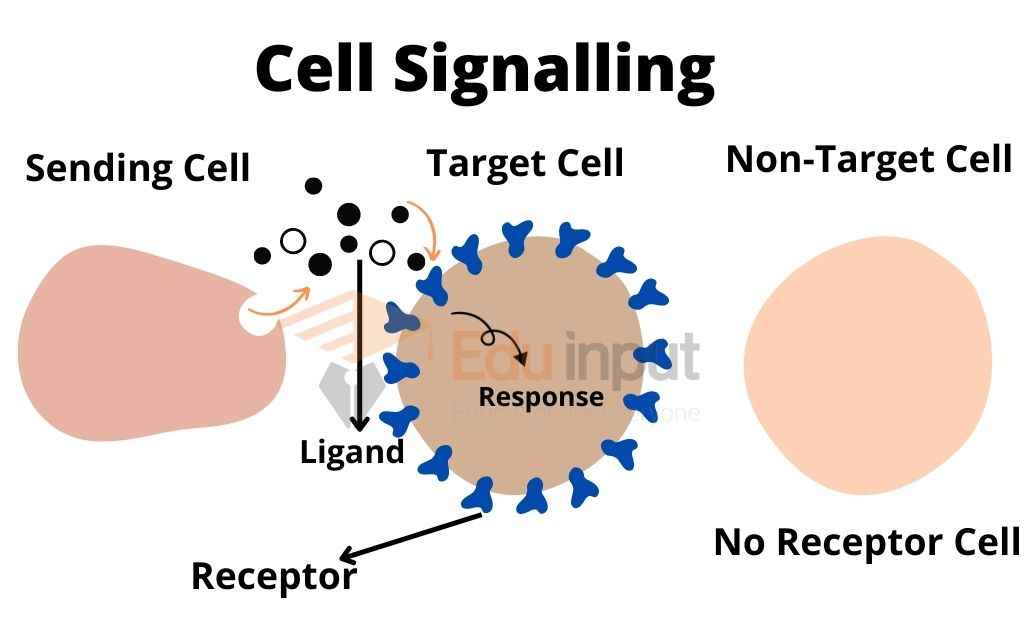Synaptic Inhibition-Definition, Types, and Function
Synaptic inhibition is a process in which a neuron reduces the activity of another neuron. It is the opposite of synaptic excitation, which increases the activity of another neuron. Synaptic inhibition is essential for proper functioning of the nervous system.
How does synaptic inhibition work?
Synaptic inhibition is mediated by inhibitory neurotransmitters. The most common inhibitory neurotransmitter in brain is known as GABA (gamma-aminobutyric acid).
When GABA is released from the presynaptic neuron, it binds to GABA receptors on the postsynaptic neuron. This opens the GABA receptors, which allows chloride ions to flow into the postsynaptic neuron.
The influx of chloride ions makes the postsynaptic neuron more hyperpolarized, making it less likely to fire an action potential.
Types of Synaptic Inhibition
There are two main types of synaptic inhibition:
1. Fast synaptic inhibition
This type of inhibition is mediated by GABA receptors that are directly activated by GABA. Fast synaptic inhibition is very fast and precise, and it is important for regulating the firing of neurons in real time.
2. Slow synaptic inhibition
This type of inhibition is mediated by GABA receptors that are activated by G proteins. Slow synaptic inhibition is slower than fast synaptic inhibition, but it can last for much longer. Slow synaptic inhibition is important for regulating the overall excitability of neurons.
What are the roles of synaptic inhibition?
Synaptic inhibition plays many important roles in the nervous system. Here are some important functions of synaptic inhibition:
1. Regulation of neurons firing
Synaptic inhibition helps to keep neurons from firing too often. This is important for preventing the nervous system from becoming overloaded with information.
2. Shape sensory information
Synaptic inhibition helps to shape the way that sensory information is processed by the brain. For example, synaptic inhibition helps to filter out irrelevant sensory information and focus on the most important information.
3. Controls motor movements
Synaptic inhibition plays a role in controlling motor movements. For example, synaptic inhibition helps to coordinate the movements of different muscles when we walk or run.
4. Learning and memory
Synaptic inhibition is essential for learning and memory. For example, synaptic inhibition helps to create new memories and to strengthen existing memories.
Direct and Indirect Inhibition of Synapses
Direct and indirect inhibition of synapses are two different ways in which a neuron can inhibit the activity of another neuron.
Direct Inhibition
Direct inhibition occurs when a presynaptic neuron releases an inhibitory neurotransmitter, such as GABA, directly onto the postsynaptic neuron. This opens GABA receptors on the postsynaptic neuron, which allows chloride ions to flow into the postsynaptic neuron.
The influx of chloride ions makes the postsynaptic neuron more hyperpolarized, making it less likely to fire an action potential.
Indirect Inhibition
Indirect inhibition occurs when a presynaptic neuron releases an inhibitory neurotransmitter onto an interneuron, which is a type of neuron that connects to other neurons but does not send signals to muscles or glands.
The interneuron then releases its own inhibitory neurotransmitter onto the postsynaptic neuron, which inhibits its activity.
Also Learn About:






Leave a Reply